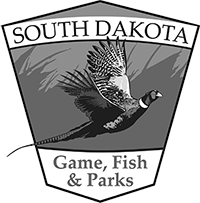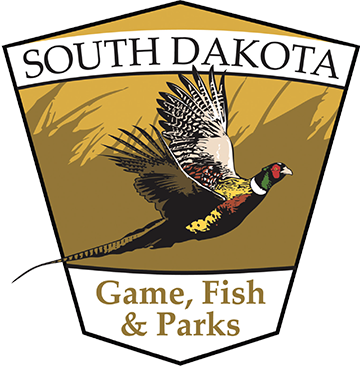Elk
Elk are found primarily in the Black Hills; however, other populations can be found scattered across the prairie landscapes of South Dakota. Currently, the Black Hills elk population consists of over 6,000 Rocky Mountain elk. Only South Dakota residents are eligible to apply for and receive an elk license in South Dakota.
You may apply for any and all seasons for which you are eligible; however, for equitable distribution of licenses you will be limited to one elk license for the year. Licenses are drawn in sequence from season to season.
The South Dakota Game, Fish and Parks (GFP) Commission recently approved for the release of 54 antlerless elk licenses for the Black Hills Elk firearms season. These licenses will be made available in a lottery drawing, with the application period beginning Sept. 11.
Applicants must not currently hold an elk license for the 2025 season. Applicants will not be able to use preference points and no landowner preference will be accepted. If successful in this drawing, the 9-year waiting period does not apply and hunters will still retain their elk preference points for future drawings.
There is a $10 nonrefundable application fee and if successful, the license cost is $127. Applications are only available online and must be submitted by 8 a.m. CDT Sept. 25. Licenses are available in the following units:
• H2E: 6 licenses
• H2F: 6 licenses
• H2G: 7 licenses
• H2H: 3 licenses
• H2I: 2 licenses
• H3B: 2 licenses
• H3C: 2 licenses
• H3D: 3 licenses
• H3E: 6 licenses
• H3F: 6 licenses
• H3G: 6 licenses
• H4B: 5 licenses
As the program has grown over the years, the number of inquiries from hunters has increased. The agreements with landowners aren’t signed until late summer, so the number, size, and location of the properties participating in the EHAP program is unknown during the time of application. Most recently, EHAP acres have existed in Black Hills units 3 and 4 and Prairie units 11, 35B, and WRA. Hunters who are successful in drawing a license should call the Rapid City office at 605.394.2391 to inquire about participating landowners in their unit. Landowners typically start scheduling hunts on a first-come, first-served basis, so it is best to start calling in early August.

